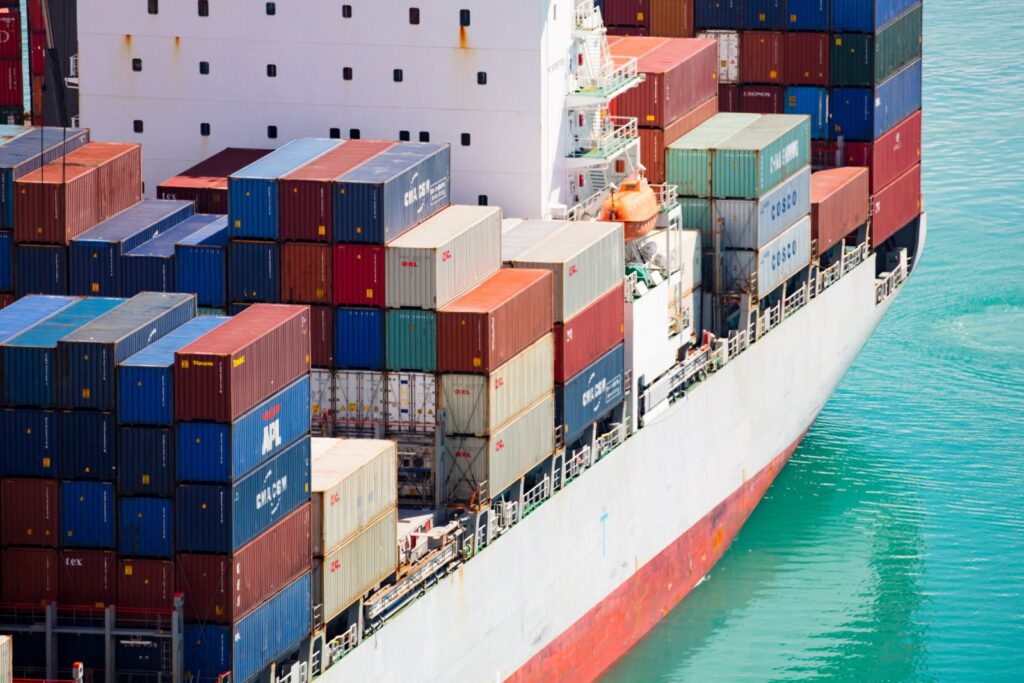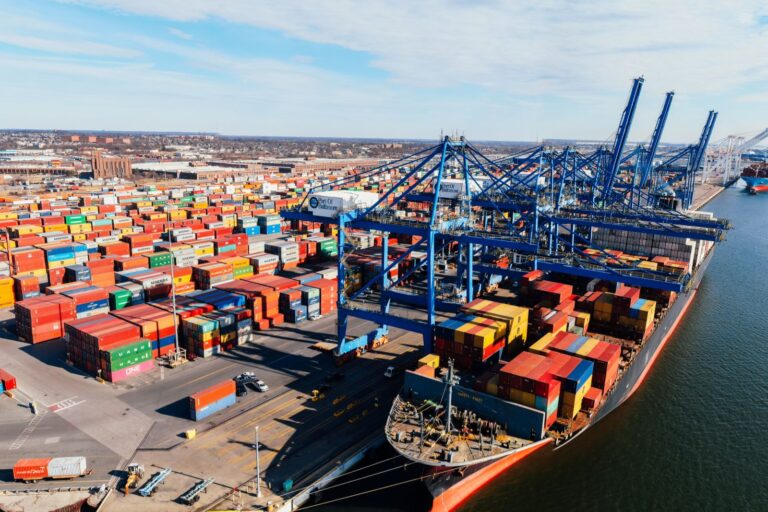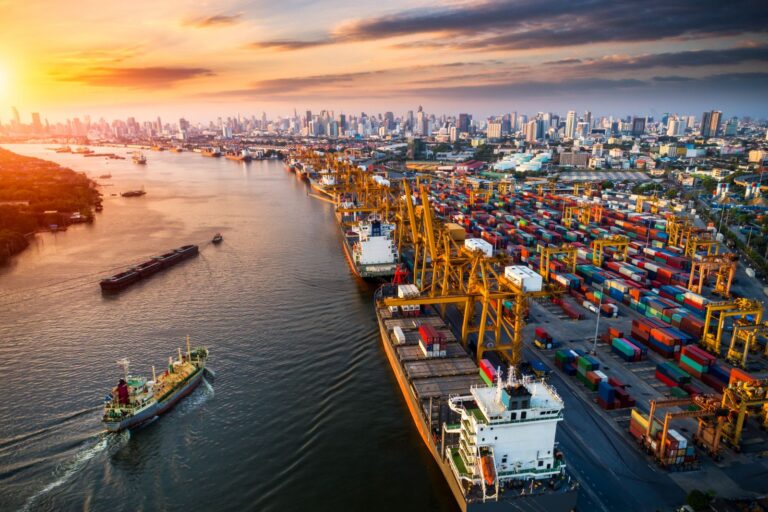Shipping goods efficiently is crucial for businesses, yet delays in container handling can result in unexpected costs known as demurrage charges. Understanding how container demurrage works is essential for companies looking to control expenses and optimise supply chain efficiency.
This container demurrage guide offers a comprehensive look at what demurrage is, how it is calculated, and strategies to avoid unnecessary fees. At EGL – Emerald Global Logistics, we provide expert logistics solutions across Australia, helping businesses manage their shipments and reduce demurrage costs. Whether you are new to international shipping or an experienced importer/exporter, this guide will provide actionable insights to streamline your operations and save money.
What is Container Demurrage? (H2)
Definition and Overview (H3)
Container demurrage refers to the fees charged by shipping lines when a container remains at the port beyond the agreed free time. It typically applies to both import and export containers. These charges incentivise quick movement of containers and compensate the shipping line for storage and port space usage.
Key points:
- Demurrage is separate from detention, which applies to containers outside the port.
- Free time varies depending on shipping agreements, port policies, and container type.
- Charges can escalate daily, making timely collection and return critical.
Why It Matters (H3)
- Unplanned demurrage increases supply chain costs.
- Delays may affect production schedules and customer satisfaction.
- Efficient container handling reduces storage congestion at ports.

How Container Demurrage Works (H2)
Step-by-Step Process (H3)
- Arrival of Container: Container reaches the port for unloading.
- Start of Free Time: Shipping line grants a free period (usually 3–7 days).
- Collection or Return: Importers pick up containers; exporters return empty containers.
- Demurrage Charges Apply: Fees accrue daily after free time expires.
- Payment or Dispute Resolution: Charges must be settled with the shipping line or agent.
Example (H3)
If a 20-foot container arrives in Melbourne with a 5-day free period and is picked up on the 7th day, the shipping line may charge demurrage for 2 days.
Costs and Pricing Insights (H2)
- Daily Demurrage Fees: Typically $50–$200 per container per day, depending on port and container size.
- Factors Affecting Costs: Container size, shipping line, port congestion, holidays, and weekends.
- Optimisation Tip: Pre-plan container collection and customs clearance to stay within free time.
Tips & Best Practices to Avoid Demurrage (H2)
- Schedule Timely Pickup: Monitor free time and plan collection efficiently.
- Coordinate with Customs Brokers: Expedite clearance processes to avoid delays.
- Track Shipments in Real-Time: Use logistics software for alerts and updates.
- Communicate with Shipping Lines: Negotiate free time extensions if needed.
- Use Experienced Logistics Providers: Partner with experts like EGL – Emerald Global Logistics for guidance and container management.
Common Mistakes to Avoid (H2)
- Failing to track free time and due dates.
- Delaying customs clearance or documentation.
- Misunderstanding demurrage versus detention charges.
- Overlooking port holidays or peak congestion periods.
- Ignoring negotiation opportunities with shipping lines.
Use Cases & Examples (H2)
Case 1: A Sydney-based importer delayed customs clearance, accruing $800 in demurrage. EGL helped negotiate partial fee reduction and improved future scheduling.
Case 2: An exporter in Melbourne coordinated empty container returns with EGL, avoiding $500 in potential demurrage charges.
Case 3: A company implemented container tracking software recommended by EGL, reducing demurrage instances by 60% over six months.
FAQs (H2)
Q1: What is the difference between demurrage and detention?
A1: Demurrage applies to containers at the port, while detention applies to containers outside the port.
Q2: How long is the free time for containers?
A2: Free time typically ranges from 3–7 days but depends on shipping agreements and port policies.
Q3: Can demurrage fees be negotiated?
A3: Sometimes shipping lines allow partial reductions or extensions, especially for recurring customers.
Q4: Who is responsible for demurrage charges?
A4: Importers generally pay for import demurrage, and exporters for export demurrage.
Q5: How can EGL help with demurrage management?
A5: EGL provides planning, shipment tracking, and coordination with shipping lines to minimise charges.
Conclusion & Call-to-Action (H2)
Managing container demurrage is crucial for optimising costs and maintaining an efficient supply chain. By understanding free time, planning shipments, and using experienced logistics providers, businesses can minimise unnecessary fees.
If you’re ready to streamline your container management and reduce demurrage costs, contact EGL today for professional support: Contact Us.
Learn more about our expertise at About Us or explore our services at Home.







